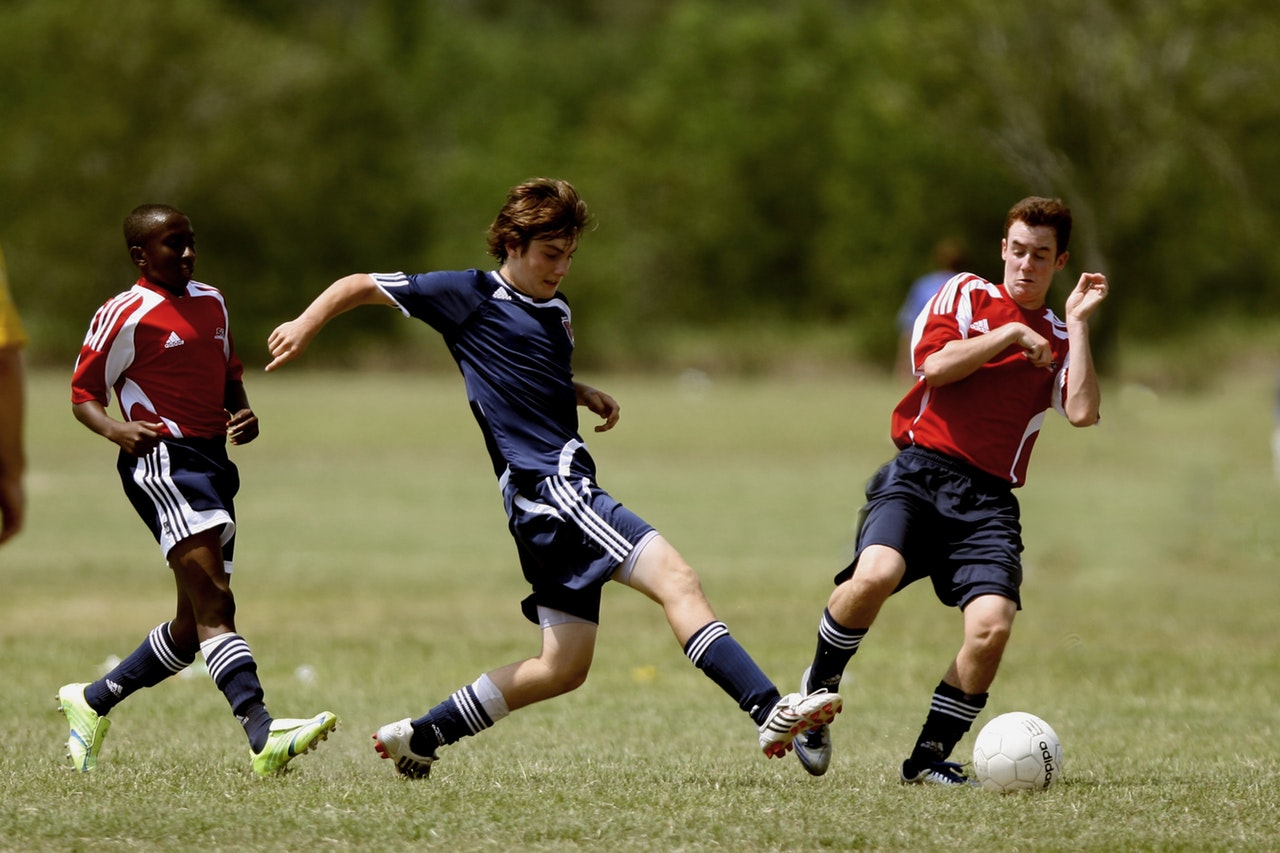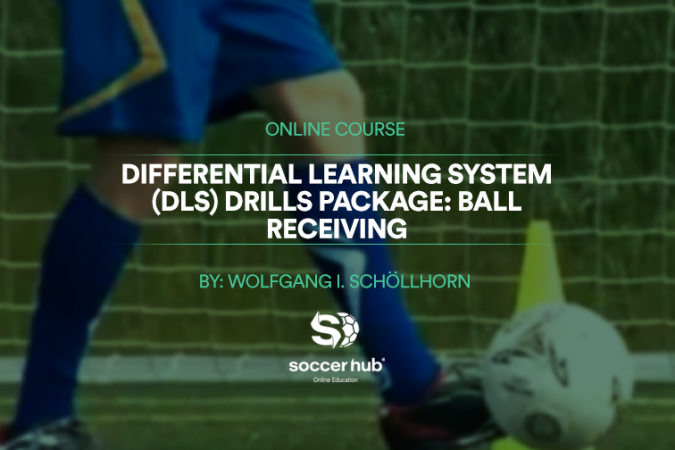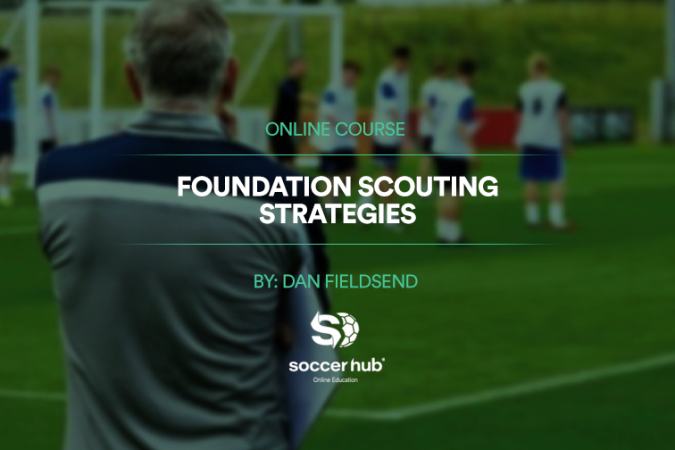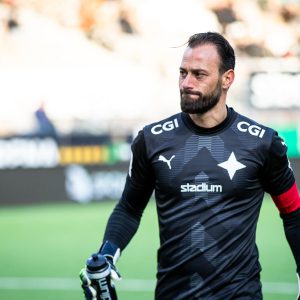

The necessity/obligation of NOT Skipping steps on the development ladder
by Filipe Teles (Soccer HUB content specialist)
Very often I see players struggling to adapt when they change format (from 7v7 to 11v11), why does this happen? Because they skipped steps on the development as a player.
Some soccer associations and teams, don’t follow the right direction on the LTPD (Long Term Player Development). The format of the LTPD should be 3v3 (until U6), 5v5 (U7 and U8), 7v7 (U9 and U10), 9v9 (U11 and U12), 11v11 (U13 and up). In Canada it’s very common to see some associations organizing the format according with the season, for example in the outdoor season teams play 11v11, but in the indoor season (winter) they play 9v9. This makes no sense, because these are two completely different dynamics, and in the future, teams will have big issues on the outdoor to play wide in the big field. These formats will create tremendous impact on the process of adapting to the new reality. We need to be challenging the players at all times, but we also need them to succeed. The success will boost the confidence and the development will happen in harmony and happiness.
Recent research regularly suggests that so-called slow thinking requires more disciplined thought and yields more productive decision-making than quick reactions, which are less accurate or helpful. In soccer that means that the players should be able to play (and learn) all the formats at Grassroots ages.
How that development should be done? By level and never by age (once again, we want to challenge them, but we also want them to succeed). At Benfica Soccer School we create training groups by level/age, what does this mean? We often have 3 different ages split in 2 (or more) groups. As an example, we can have 6 year old (very high-quality), with 7 year old (high quality) and 8 (good quality) – this will keep everyone at the same level, better than having one or two amazing players in the middle of players that just started playing soccer this season and still needs different challenges before they get to that level. Even during the practices on 1v1, or 2v2 situations we try to make groups by skill.
One good decision made by US Soccer is the Bio Banding initiative. This idea is great because doesn’t group the players by age, but by maturity and Biological age.
[Video] U.S. Soccer Bio-Banding Initiative
[Video] Bio-Banding Opens More Avenues in Player Development
In these videos you can understand the idea. The concept is simple and if applied with the right purpose, it can have a great impact on the players development.
Get to know more about Soccer HUB!
Follow us on Facebook!
Categories
Latest Courses
-
9 Lessons
-
1 Lesson
-
6 Lessons
You May Also Like
-
-
August 1, 2022
-
-
June 3, 2022
-
-
May 27, 2022





